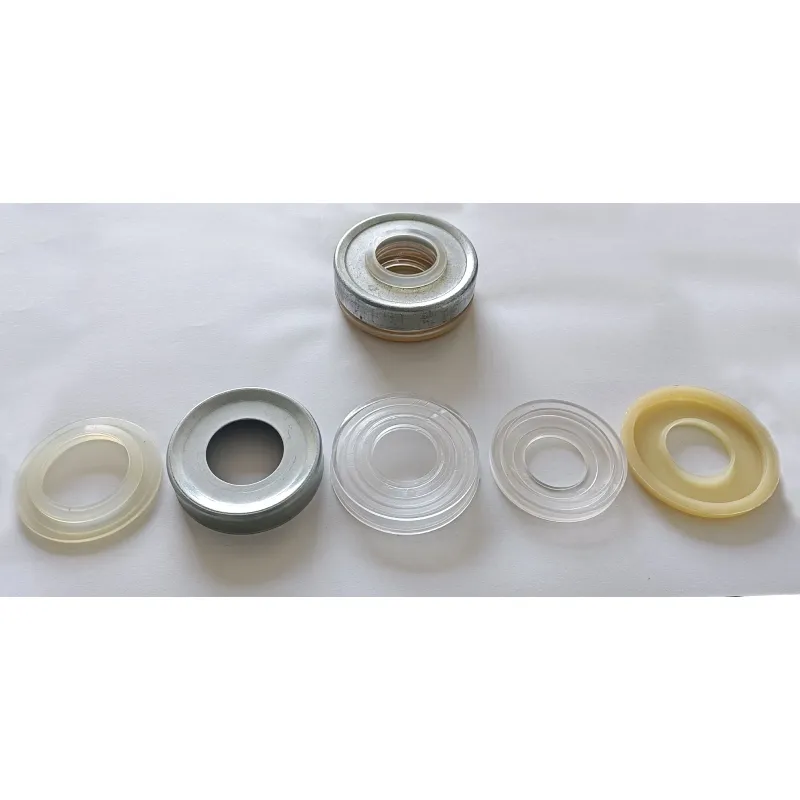 Afrikaans
Afrikaans  Albanian
Albanian  Amharic
Amharic  Arabic
Arabic  Armenian
Armenian  Azerbaijani
Azerbaijani  Basque
Basque  Belarusian
Belarusian  Bengali
Bengali  Bosnian
Bosnian  Bulgarian
Bulgarian  Catalan
Catalan  Cebuano
Cebuano  Corsican
Corsican  Croatian
Croatian  Czech
Czech  Danish
Danish  Dutch
Dutch  English
English  Esperanto
Esperanto  Estonian
Estonian  Finnish
Finnish  French
French  Frisian
Frisian  Galician
Galician  Georgian
Georgian  German
German  Greek
Greek  Gujarati
Gujarati  Haitian Creole
Haitian Creole  hausa
hausa  hawaiian
hawaiian  Hebrew
Hebrew  Hindi
Hindi  Miao
Miao  Hungarian
Hungarian  Icelandic
Icelandic  igbo
igbo  Indonesian
Indonesian  irish
irish  Italian
Italian  Japanese
Japanese  Javanese
Javanese  Kannada
Kannada  kazakh
kazakh  Khmer
Khmer  Rwandese
Rwandese  Korean
Korean  Kurdish
Kurdish  Kyrgyz
Kyrgyz  Lao
Lao  Latin
Latin  Latvian
Latvian  Lithuanian
Lithuanian  Luxembourgish
Luxembourgish  Macedonian
Macedonian  Malgashi
Malgashi  Malay
Malay  Malayalam
Malayalam  Maltese
Maltese  Maori
Maori  Marathi
Marathi  Mongolian
Mongolian  Myanmar
Myanmar  Nepali
Nepali  Norwegian
Norwegian  Norwegian
Norwegian  Occitan
Occitan  Pashto
Pashto  Persian
Persian  Polish
Polish  Portuguese
Portuguese  Punjabi
Punjabi  Romanian
Romanian  Russian
Russian  Samoan
Samoan  Scottish Gaelic
Scottish Gaelic  Serbian
Serbian  Sesotho
Sesotho  Shona
Shona  Sindhi
Sindhi  Sinhala
Sinhala  Slovak
Slovak  Slovenian
Slovenian  Somali
Somali  Spanish
Spanish  Sundanese
Sundanese  Swahili
Swahili  Swedish
Swedish  Tagalog
Tagalog  Tajik
Tajik  Tamil
Tamil  Tatar
Tatar  Telugu
Telugu  Thai
Thai  Turkish
Turkish  Turkmen
Turkmen  Ukrainian
Ukrainian  Urdu
Urdu  Uighur
Uighur  Uzbek
Uzbek  Vietnamese
Vietnamese  Welsh
Welsh  Bantu
Bantu  Yiddish
Yiddish  Yoruba
Yoruba  Zulu
Zulu Durable and Versatile PU Coated Rollers for Various Industrial Applications
Understanding PU Coated Rollers Applications and Benefits
Polyurethane (PU) coated rollers have become an essential component in various industries, thanks to their unique properties and versatility. These rollers, which are covered in a layer of polyurethane, are known for their durability, resistance to abrasion, and ability to withstand harsh environmental conditions. This article explores the characteristics, applications, and benefits of PU coated rollers, highlighting why they are preferred in many industrial settings.
What is PU Coating?
Polyurethane is a type of polymer that exhibits excellent flexibility, resilience, and toughness. When applied as a coating to rollers, it creates a surface that significantly enhances the roller’s performance. The coating can vary in thickness and hardness, allowing manufacturers to tailor the properties according to specific applications. The result is a roller that is not only durable but also able to provide superior grip and traction.
Applications of PU Coated Rollers
PU coated rollers are widely used across various industries due to their functional advantages. In the printing industry, these rollers facilitate the even distribution of ink and ensure high-quality prints. In manufacturing and packaging, they assist in the transportation of materials on conveyor belts, providing smooth and reliable movement. Additionally, PU coated rollers are ideal for applications in the food processing industry, where hygiene and cleanliness are paramount. Their non-porous surface prevents bacterial growth and ensures easy cleaning.
Another prominent application is in the textile industry, where PU rollers are employed in fabric printing and finishing. Their ability to resist chemical and physical wear makes them suitable for environments where they come into contact with dyes, solvents, and other harsh substances.
pu coated roller

Benefits of PU Coated Rollers
One of the most notable benefits of PU coated rollers is their superior wear resistance. Compared to metal or rubber rollers, PU coatings can endure higher levels of stress and abrasion, leading to a longer lifespan and reduced replacement costs. Moreover, their flexibility allows them to absorb shocks and vibrations, which is crucial in maintaining the quality of the products they handle.
Another advantage is their temperature resistance. PU coatings can withstand a wide range of temperatures, making them suitable for both hot and cold environments. This property is especially valuable in industries such as automotive and aerospace, where temperature fluctuations are common.
Furthermore, PU coated rollers are lightweight compared to traditional rollers. This feature not only reduces operational strain on machinery but also enhances the efficiency of transportation and installation. The cost-effectiveness of PU coatings also makes them an attractive option for businesses looking to minimize maintenance and operational costs.
Conclusion
In summary, PU coated rollers represent a significant advancement in industrial machinery and equipment. Their durability, versatility, and resistance to wear and tear make them invaluable across various sectors. As industries continue to evolve, the demand for efficient and reliable components like PU coated rollers is likely to increase, driving innovation and enhancing productivity in manufacturing processes worldwide.
-
Revolutionizing Conveyor Reliability with Advanced Rubber Lagging PulleysNewsJul.22,2025
-
Powering Precision and Durability with Expert Manufacturers of Conveyor ComponentsNewsJul.22,2025
-
Optimizing Conveyor Systems with Advanced Conveyor AccessoriesNewsJul.22,2025
-
Maximize Conveyor Efficiency with Quality Conveyor Idler PulleysNewsJul.22,2025
-
Future-Proof Your Conveyor System with High-Performance Polyurethane RollerNewsJul.22,2025
-
Driving Efficiency Forward with Quality Idlers and RollersNewsJul.22,2025





























